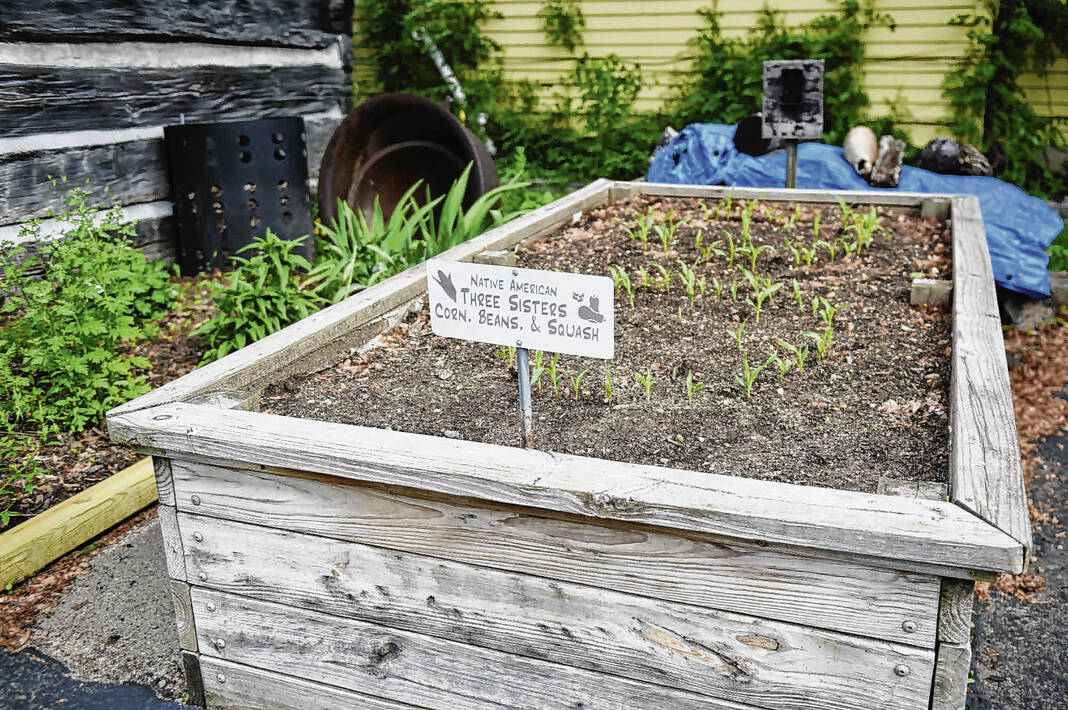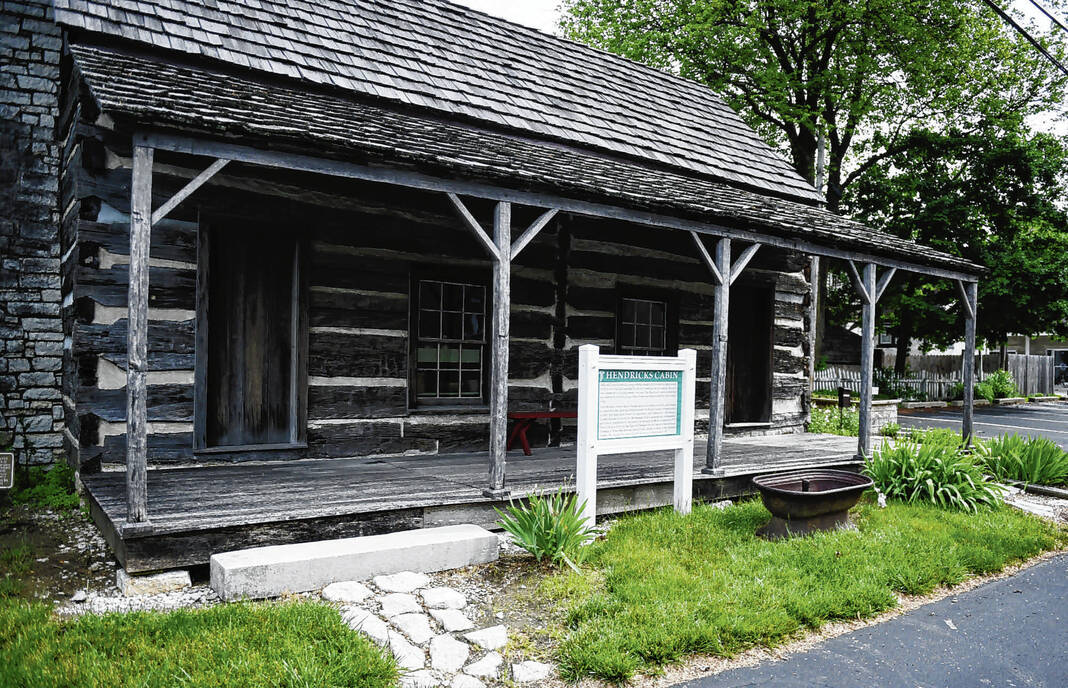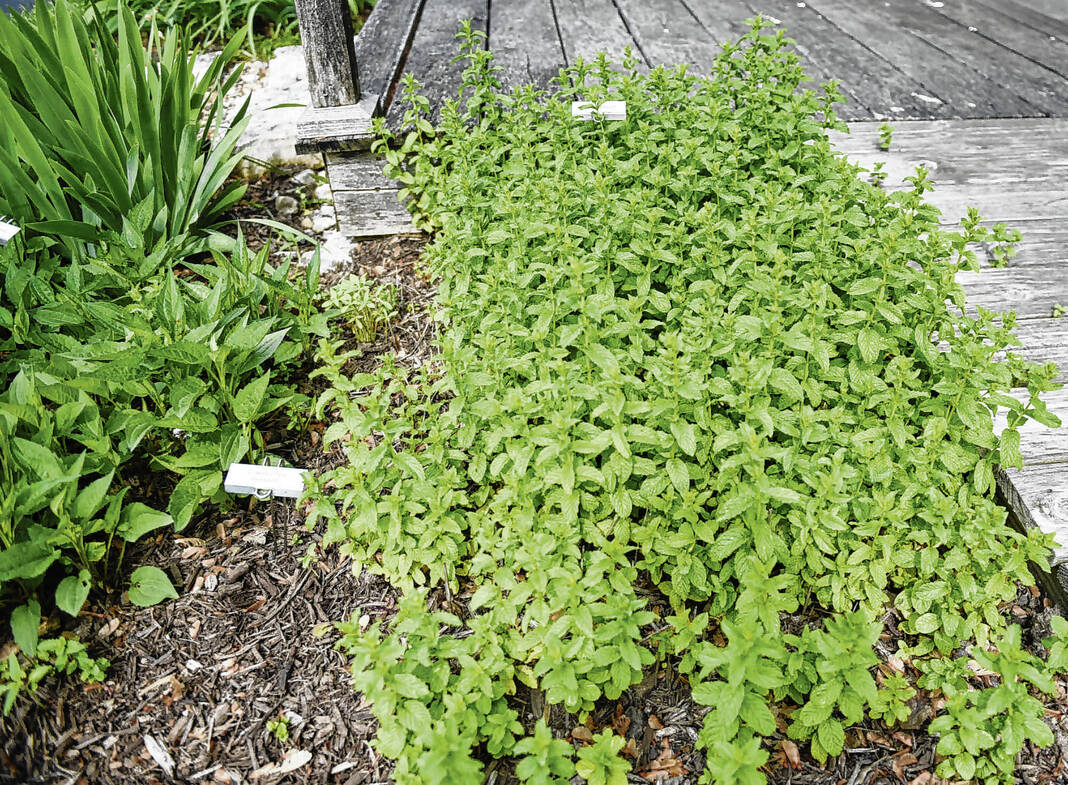In a raised garden bed outside the Johnson County Museum of History, a tribute to the indigenous culture of the area has started to grow.
Here, the local gardeners have planted the “Three Sisters” — corn, beans and squash. Native Americans learned to grow the three staple crops together, both to save space in their gardens and because the three benefit each other as they grow.
The garden is part of a pioneer plot around the Hendricks Cabin, located outside the museum. Teaching about the kinds of plants used by early settlers, and indigenous cultures thousands of years before them, is an important part of local history.
A program scheduled for Thursday hopefully illuminates that tradition. Karen La Mere, a naturalist with Carmel Clay Parks and Recreation, as well as a member of the Ho-Chunk Nation, will share knowledge accumulated by her people over generations.
She will present a program on native plants and indigenous people, sharing how her ancestors took advantage of plants already growing around them, as well as ways that people today can do the same thing.
The program is sponsored by the museum in partnership with the Trafalgar Country Gardeners, a club of area growers who focus on service and education throughout the community. They hold a plant sale each year, and help with Trafalgar’s community garden.
Often, they organize guest speakers to their expertise about gardening and nature.
From this goal, the group wanted to bring La Mere to Johnson County, said Rich Gotshall, a volunteer at the museum and program chair for the Trafalgar Country Gardeners.
“The club does public programs throughout the year, and that’s one of our missions,” Gotshall said. “We have programs on all kinds of topics — mushrooms, tree care, flowers, vegetables. Anything gardening related. So we thought this was a good way to do that, and to bring people to the museum.”
La Mere is a member of the Ho-Chunk Nation, a group of indigenous people who were based in southwest and central Wisconsin. The nation had formerly been known as the Wisconsin Winnebago Tribe, but changed it in 1993 to restore their historically accurate name.
Approximately 8,000 people are part of the Ho-Chunk Nation.
In previous presentations, La Mere has described important plants that she could still forage and find in nature. Wild strawberries could be eaten from the ground, elder berries make for a delightful pastries and black raspberries
Plants such as bee balm, spearmint and horehound could be made into tea. Lavender could reduce anxiety, sage was used in treating wounds and oregano helped with stomach distress and itching.
“My wife is a member at the Indiana Native Plant Society, so we watched Karen’s presentation on Zoom. I thought it was a really different approach to planting,” Gotshall said.
The program is free and open to the public. No registration is needed.
IF YOU GO
“Native Plants and Indigenous People”
What: A program by Karen La Mere, a member of the Ho-Chunk tribe, to talk about what indigenous people used for free before the pioneers arrived.
When: 6 p.m. Thursday, May 26
Where: Johnson County Museum of History, 135 N. Main St., Franklin
Cost: Free









